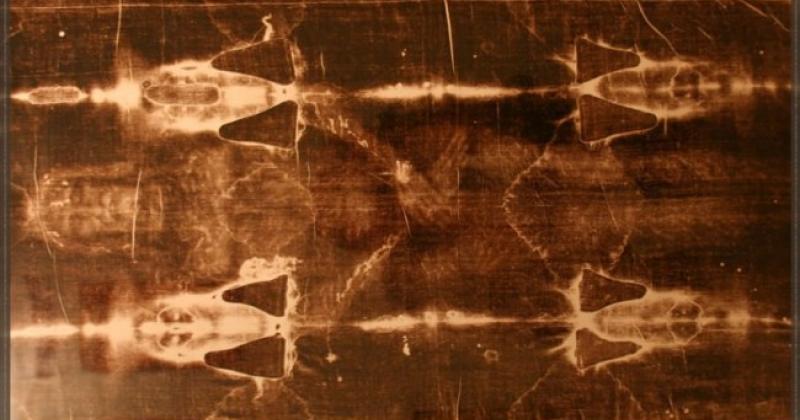Is the blood of the Shroud too red to be true? No, according to a new research published in the scientific journal Applied Optics, which responds to one of the objections of the detractors of the Turin Shroud that supposedly wrapped Jesus, according to which it is common sense that blood turns brown, once coagulated.
It may seem something of no importance, but a lot of research on the most diverse aspects – and colour is one of them – could not stop the debate on the stains of the Shroud: a bloody confrontation, one could say.
Those shades of red were analysed after the 2015 exhibition with laser beams and optical instruments that can also tell if the image of the man has deteriorated (by the way: it did not). The results: “Blood remains red when hit by ultraviolet rays compatible with sunlight”, explains Paolo Di Lazzaro, Enea researcher and vice-director of the International Centre of Sindonology, who published the paper together with researchers of Inrim and Cnr (Italian research institutes).
But beware – the devil is in the details – the phenomenon occurs only with a specific type of blood: “That of a patient with jaundice, or someone who has been tortured”. The research was conducted on a patient, “given the impossibility of torturing anyone”, Di Lazzaro jokes. The hypothesis had already been formulated, “we just verified it, and we proved that the stains are of real blood: there is ancient haemoglobin, and not ochre or anything else, while there are some, like the Cicap (“Italian Committee for the Investigation of Claims of the Pseudosciences”), who continue to maintain the contrary”.
The issue of the authenticity remains in the background, here. “The value of the research lies in adding, completing and confirming the results of tests carried out in the 1980s, which have shown that the blood of the Shroud is actually blood”, says Gian Maria Zaccone, director of the Centre of Sindonology. The results of a four-year study conducted by a team of researchers from Enea, Cnr and Inrim are published in the prestigious Applied Optics journal, of the Optical Society of America. The purpose – explains Zaccone – was to understand the reason for the red colour of blood marks on the Shroud of Turin, a highly debated issue on which many hypotheses were made over time. The research allowed to verify the level of foundation of some of them”. The work was carried out “on the colourimetric profile previously acquired on the Shroud through non-invasive and non-contacting techniques”. Without going into technicalities that, “as a historian, I leave to the experts in the field, we can say that there is a further experimental explanation to justify the particular colour, also present in very ancient findings of subjects whose blood has a high bilirubin level, and other elements that make us believe it is ancient blood”. The publication “therefore introduces further elements in the recently raised question about the authenticity and characteristics of the blood present on the Shroud’s image”.
